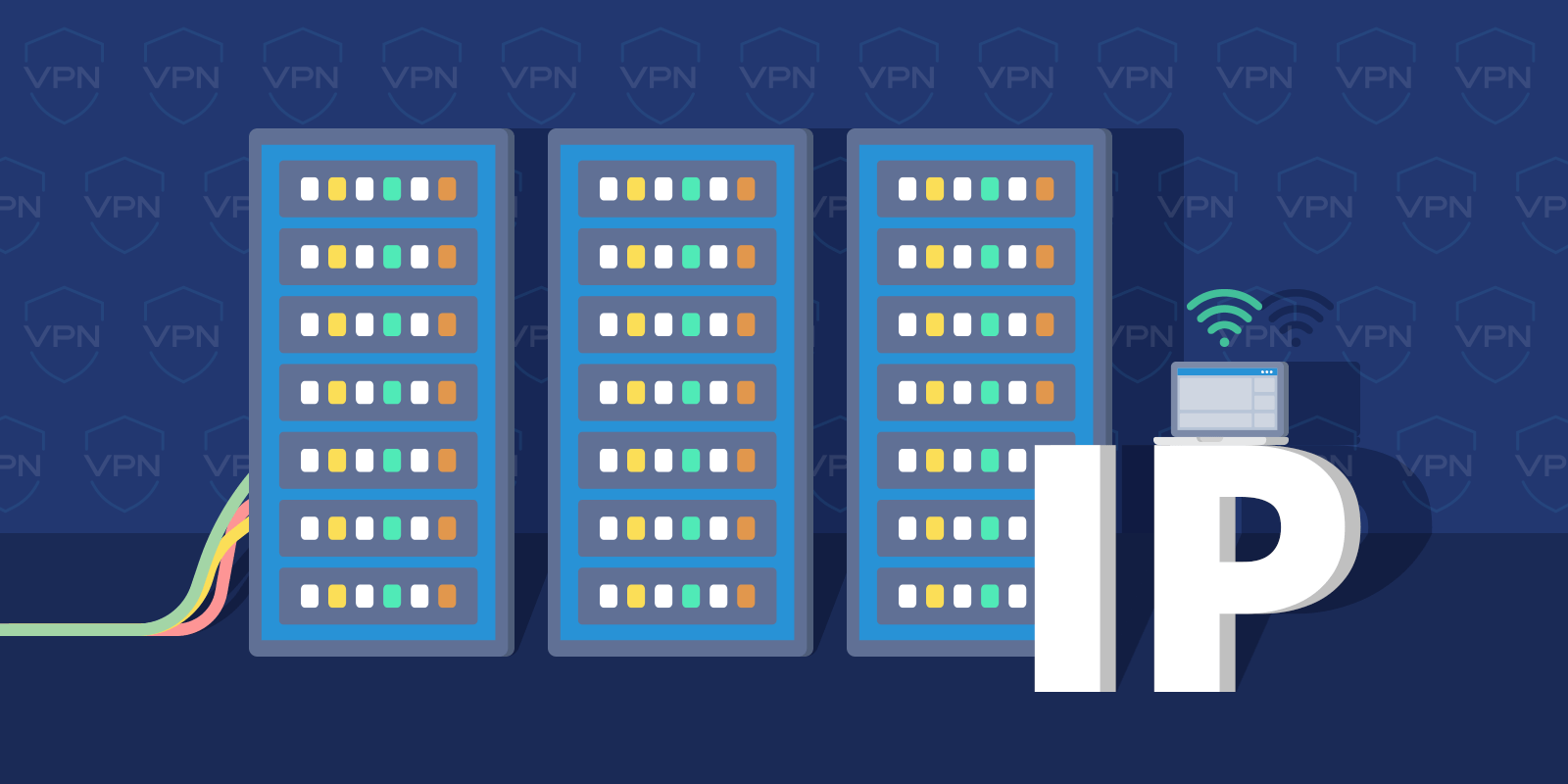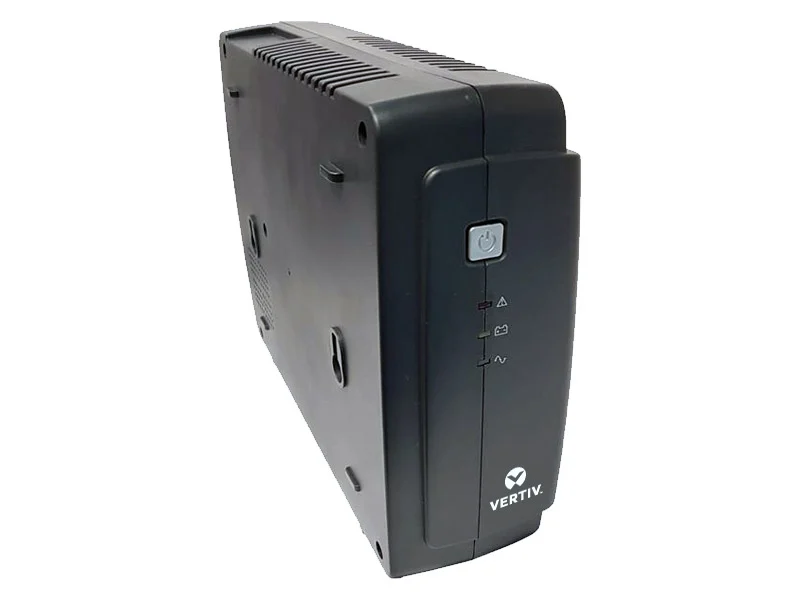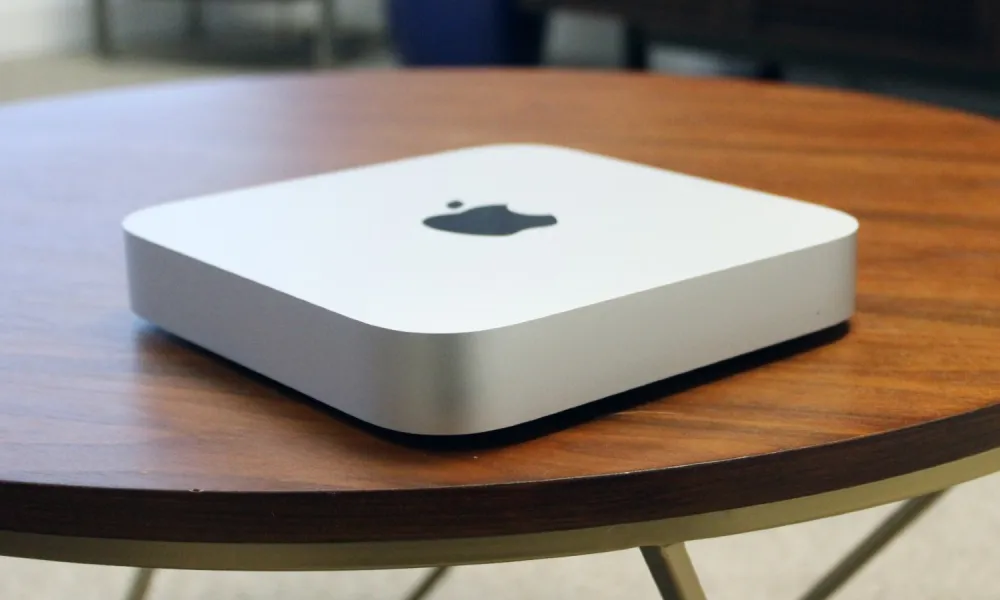Transmission Control Protocol/Internet Protocol (TCP/IP) is a set of communication protocols that is the backbone of the Internet. It to connect, communicates, and exchange data. TCP/IP operates at the network and transport layers of the OSI model, and efficient means of data transfer. IP booters, as IP stressors, are tools designed to test and assess the resilience of a network or server by simulating a distributed denial-of-service (DDoS) attack. Created for legitimate purposes, such as network stress testing, these tools into the hands of malicious actors seeking to disrupt online services.
Connection manipulation techniques
- SYN/ACK floods
The most common techniques employed by IP booters are the SYN/ACK flood. In a typical TCP handshake, a SYN (synchronize) packet is sent by the client to initiate a connection, and the server responds with a SYN/ACK (synchronize/acknowledge) packet. The connection is established when the client acknowledges with an ACK packet. In a SYN/ACK flood, the attacker overwhelms the target with a barrage of SYN/ACK packets, consuming server resources and preventing legitimate connections visit here info for online this website https://tresser.io/.
- UDP reflection
IP booters often exploit User Datagram Protocol (UDP) vulnerabilities through reflection attacks. By sending a UDP packet to a server with a forged source IP address, the attacker prompts the server to respond to the victim. This amplification technique allows for a small amount of attacker-generated traffic to result in a larger volume directed at the target.
- DNS amplification
Another common method involves leveraging the Domain Name System (DNS) for amplification. By sending DNS queries with a forged source IP address to open DNS resolvers, the attacker causes the server to send large responses to the victim. This technique capitalizes on the inherent amplification effect of open DNS servers, creating a significant traffic load on the target.
- Fragmentation attacks
Fragmentation attacks exploit the way network protocols handle fragmented packets. By sending a large number of fragmented packets to a target, the attacker aims to overwhelm the server’s ability to reassemble and process the data. This technique is effective in evading detection mechanisms that focus on entire packets rather than individual fragments.
Mitigation strategies
Given the increasing prevalence of IP booter attacks, organizations must implement robust mitigation strategies. Here are some effective measures to defend against TCP/IP protocol exploitation:
Implementing traffic filtering mechanisms helps identify and block malicious traffic. Firewalls and intrusion prevention systems (IPS) configured to recognize and mitigate DDoS attack patterns reduce the impact of IP booter attacks. Introducing rate-limiting policies restricts the number of connection attempts from a single IP address within a specified time frame. This helps prevent SYN/ACK flood attacks by limiting the rate at which new connections are established. Anycast routing involves routing traffic to the nearest server within a network of distributed servers. By dispersing the load across multiple servers, organizations minimize the impact of DDoS attacks and enhance the overall resilience of their infrastructure.








